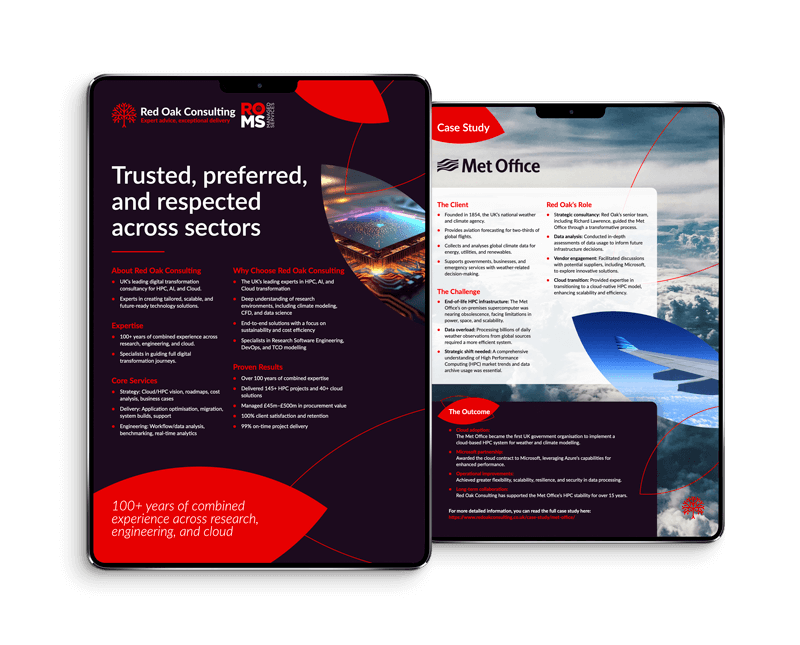The business of buying, selling and managing high-performance computing resources is for the most part an amicable one. Aside from the periodic low-grade spat between Mellanox and Intel over the benchmarking of their respective interconnects, we see little evidence of vendors bad-mouthing each other.
On the customer front, when a relationship with a vendor breaks down it usually results in a switch of supplier for the next time, and not much else. Cases where the supplier is just shifting hardware are relatively safe, but comparatively low margin – providers of more lucrative software support have a much harder time meeting expectations and maintaining relationships. Cloud vendors have a relatively easy time here once they are incumbent, but for the time being have to do far more work to win the business in the first place.
Friends
Collaboration between HPC research centres is mostly focused on user-space. While those who make use of HPC to get their job done are more than happy to build both academic and commercial partnerships, the staff who deliver the service itself do not have much of a steer towards this kind of outreach activity. Often, this is because services are under-staffed and therefore busy juggling upkeep and procurement cycles.
Medium and large centres might communicate as part of a user forum or special interest group for a particular region or technology, but these relationships tend to be more “show and tell” than “make stuff happen”.
Service teams should aim to be part of the wider HPC community, rather than sitting on the fringes. This might include chiming in on their preferred mailing list with tips, or attending the big industry-wide conferences. Aside from just being a nice way to work, this kind of collaboration gives much faster insights into new tricks which might benefit local users.
Mid-range commercial and academic communities also stand to benefit from the experiences of their “bigger fish” counterparts who run Top50 machines such as US labs and various national HPC centres. Someone from this crowd can always be found in the keynote section of any given HPC conference, so turn up and listen. Inevitably the talk will focus on their latest triumph rather than bothering with the daily struggle to keep things running smoothly, but between the probing questions and notable omissions of detail you should get a sense of what problems are being faced as these sites roll out new technology.
Another useful step worth taking is to identify some industry sales staff whose interests align with what you want to do within your service going forward, and make an effort to get together to discuss common problems and to share your views. This sort of activity is easy to remember to do when you approach a procurement, but that is exactly the wrong time – when you have money to spend, the answers you get will inevitably be “optimistic” about what is achievable in the short term. Better to wait until just after a procurement, and get the right people in to provide a more honest roadmap.
In the same vein, make use of the knowledge of your current supplier while they are supporting your system. The simplest way to do this is to hold regular meetings to discuss performance, upgrades etc. If they push back on this time commitment, remind them that they can learn from you too. Knowledge of how you work, and how you plan to work, should be something they are able to incorporate into their next tender response.
Finally, remember that a pro-active and positively engaged set of users will be your best friends. As long as they have confidence that the service is helping with their workload rather than hindering them, they can provide valuable input regarding the operating model while also offering “ammunition” for use in justifying further investment.
Enemies
Although HPC centres are ostensibly competing for scarce funding and staff, worrying about what the competition is doing is rarely a worthy concern for the service team beyond as a learning opportunity – most know to remain focused on what value they can deliver for their own users, which won’t always involve making the same sort of upgrades as the university in the next city over. Likewise, academics researching in the same field only typically “compete” in the sense that they might be bidding for the same external funds, which would only influence their access to HPC resources if successful bidders can also do a better job of extracting money from their institution.
As with any other aspect of their business, competitors in the commercial space need to balance the benefits of promoting their activities (eg for recruiting or marketing purposes) against giving away too many competitive advantages. This also applies to public sector to some extent, particularly where commercialisation of systems or data were part of the pitch for getting the money to fund the HPC service.
Internally, enemies to the HPC team only tend to appear if things have been going wrong for a while already; belligerent users, lawyers without technical expertise, and an unsupportive finance office during upgrades can all lead to misery. The first can be fixed (or at least triaged) by practicing some selective deafness – but managers need to get buy-in from their project board or top-level stakeholders before they start ignoring the needs of their more difficult users to make the service more tolerable for everyone else. The other problems are usually forgotten about until procurement time – at which point the cycle of misery begins afresh, eventually leaving everyone exhausted and more inclined to drag out the lifetime of their hardware beyond its natural span just to avoid going through the hassle yet again in three or four years. Breaking out of this cycle and turning HPC into a “business as usual” cost is one of the reasons we expect to see growing enthusiasm for cloud usage.
Frenemies
Sometimes, particularly when a round of upgrades is being planned or a fresh installation is due, relationships can become more complicated.
It is important to remember that in most cases, the supplier is only your friend to the extent that repeat custom is important to them. During the initial purchase you will hear lots of pleasing comments about “partnership”, but what that looks like when you are trying to run a production service is hard to say. Larger sites, particularly those with an operational responsibility such as weather forecasting, can reasonably demand that the partnership represents something tangible like on-site staff, though they will obviously be paying a premium for it.
Outside your immediate vendor relationships, industry sales people will promise the moon on a stick – and are rarely punished when it turns out that their company can’t deliver. Despite this, sales staff are a useful source of information and so are worth listening to (for a while at least).
Internally, users will find themselves at odds with each other over future system design and requirements. Depressingly often, requirements are driven by the loudest stakeholder, even if they are not the most productive – users must be encouraged to fight their corner while also providing realistic input to their share of the business case.
Look out for #1
The first thing a HPC customer can do to look out for their own interests is to have a good set of supportive stakeholders in place before starting their procurement. The last thing you need when problems arise is a group of people straining themselves to yell “I told you so!” and drowning out any discussion of putting things right.
For purchasers in the EU, strongly consider sticking with the open procurement method, rather than angling for a competitive dialogue or other more convoluted options. If you take the time to run some market analysis in advance, the removal of back-and-forth discussions actually offers a lower risk of delays and disruption.
Running a good open procurement requires knowing what you want, at least at a high level. For cases where the “right way” isn’t immediately clear, there is no harm in asking for options within the procurement and deciding based on price and vendor feedback, or simply saving some funds to perform an upgrade once the system is live and users have a clearer picture of what they are missing out on.
An open, formal procurement should also help with project management for the supplier by giving them a good idea what to expect between winning and cashing their cheque. The procurement contract should include some form of insurance against a sloppy delivery process by the supplier, usually in the form of liquidated damages. While suppliers may groan and wring their hands, they need to be made to understand that the short-ish lifetimes of HPC systems means that delays have a real impact on competitiveness – LD clauses are not there as a punishment, but as insurance against lost value. There is no good reason why a customer should be expected to take all of that risk themselves, effectively insuring their supplier against poor project management and an inadequate supply chain.
That said, procurements do not need to become adversarial when problems arise. Purchasers stand to benefit most by being accommodating when suppliers face minor problems, and saving the “strongly worded letter” for cases where they appear to be taking advantage of your good nature.
If smaller HPC centres want to maintain a legitimate case for on-premises hardware, they will need to stay close to their internal friends and understand what exactly they want, and what they can realistically deliver in terms of value returned to the institution. Similarly, hardware suppliers will need to strengthen their efforts not to be seen as enemies by customers who are weary of procurement – this does not automatically mean big discounts (though clearly, that never hurts); instead, they should focus on making delivery painless and ongoing support truly collaborative. Finally, cloud providers need to continue their work on acting as customer friends by making the cost, value and functionality arguments for cloud migration as pain-free as possible. Without a willingness to engage in open and well-informed discussion about these topics, no amount of trial credits can provide a convincing argument that the cloud is the right place to be.
Chris Downing – Principal Consultant


